Results 5,011 to 5,020 of 12091
Thread: Anandtech News
-
05-20-15, 07:18 AM #5011
Anandtech: OCZ Introduces Z-Drive 6000 Enterprise PCIe SSD Series with NVMe Support
Back at CES OCZ teased us by showcasing the Z-Drive 6000, but the drive was still under development, so the details were rather scarce. Today OCZ is finally lifting the curtain and making a formal announcement of the Z-Drive 6000 series, the company's first NVMe compliant SSD.
We've talked about NVMe in the past, but in short it's a software/driver stack that replaces the ancient AHCI. NVMe has been designed for SSDs from the ground up and its main benefits are scalability (up to 64,000 outstanding commands versus 32 in AHCI) and streamlined software stack that reduces both latency and CPU overhead for higher and more efficient performance. The Z-Drive 6000 series supports the native Windows (8.1 & Server 2012 R2), Linux, UNIX, Solaris, and VMware NVMe drivers, although OCZ will also have custom NVMe drivers for Windows, Linux, and VMware for drive management reasons. The current native drivers lack some necessary management features (e.g. I still haven't found a way to secure erase an NVMe drive with the in-box drivers), so in order to have the features available at launch OCZ is offering a custom driver. That said, OCZ is fully invested in improving the native open source drivers, but the problem is the long turnaround time for updates that has created the need for vendor-specific drivers.
The Z-Drive 6000 series comes in two flavors: 6000 and 6300. The underlying controller and firmware architectures are the same in both models and the difference lies merely in NAND: the 6300 uses more durable eMLC NAND, which increases the endurance to three drive writes per day from one in the 6000 with normal MLC. Due to the endurance, the 6000 is aimed more towards read-intensive applications such as online archiving and media streaming, whereas the 6300 is suitable for mixed workloads that includes for example big data analysis and financial transaction services.OCZ Z-Drive 6000 Series Specifications 6000 6300 Capacities 800GB; 1,600GB & 3,200GB Form Factors 2.5" 15mm (SFF-8639) 2.5" 15mm & HHHL AIC Interface PCIe 3.0 x4 (NVMe 1.1b) Controller PMC-Sierra "Princeton" NAND Toshiba A19nm 128Gbit MLC Toshiba A19nm 128Gbit eMLC Endurance 1 DWPD 3 DWPD Encryption AES-256 Power Loss Protection Yes Yes Warranty Five Years Price ~$1.70/GB ~$2.00/GB
Unlike Intel, OCZ doesn't offer a model for write-intensive workloads with super high endurance (10 DWPD). OCZ explained to me that the reason is mostly cost efficiency -- a high endurance drive is doable, but it would require additional over-provisioning (which is what Intel does) that would increase the cost. OCZ did some market research and concluded that most customers are seeking for lower cost NVMe drives to make the transition, so OCZ didn't see a huge niche for the expensive high endurance drives. At $1.70 and $2.00 per gigabyte, the Z-Drive 6000 series is certainly price competitive against Intel's P3x00 series and the premium isn't too large compared to the enterprise SATA/SAS SSDs.
At the time of launch, the Z-Drive 6000 series will be available in capacities of 800GB, 1.6TB and 3.2TB. OCZ does, however, have a 6.4TB Z-Drive 6300 in development, which is scheduled to be available in Q4'15. The reason for the delay lies in NAND because in order to fit 8TB of flash inside a 2.5" chassis, OCZ needs to use 16-die packages, but currently the price of those is, from what I have heard, approximately 3x higher per gigabyte compared to 8-die stacks. The production as well as yields are expected to ramp up during this year, so the 6.4TB Z-Drive 6300 will be available once the NAND is available in high volume and at a reasonable price.
The Z-Drive 6000 series employs PMC-Sierra's "Princeton" controller, which is a native NVMe controller with support for 16 NAND channels. The controller supports PCIe 3.0 x8 interface, but OCZ has decided to split that to offer two independent 3.0 x4 connections to the host. The benefit of dual-port is redundancy and data availability because if one of the host systems is down (due to hardware failure for instance), the data is still accessible through the second host. This is a feature borrowed from SAS and the Z-Drive 6000 is actually the first NVMe drive to have dual-port support, which is something OCZ said its customers have been looking for.
Typical enterprise-class features, such as AES-256 encryption, full power loss protection and end-to-end data protection are all included as well. The Z-Drive 6000 series also features user-configurable power modes (15W, 20W and 25W), which can be used to limit the power consumption (and performance) in more temperature critical environments. A 2.5" 25W drive will definitely run hot and require a high amount of airflow for cooling, although OCZ did pay close attention to the chassis design to maximize heat dissipation and avoid throttling issues.
OCZ focused specifically on read performance and at up to 700K random read IOPS, the Z-Drive is definitely top of the class as Intel specs the P3700 at only 460K IOPS. Random write and mixed performance look excellent too, so it will be very interesting to see how the Z-Drive 6000 stacks up against the Intel and Samsung drives in objective third party testing. Note that the Z-Drive 6300 with eMLC is a bit slower in writes, which is due to the fact that eMLC NAND has higher program latencies (basically the voltage distribution for each voltage state is smaller, so programming requires more precision that is achieved by increasing the number of program pulse and verification iterations).OCZ Z-Drive 6000 Series Performance Specifications Model 6000 6300 Capacity 800GB 1,600GB 3,200GB 800GB 1,600GB 3,200GB Raw NAND Capacity 1,024GiB 2,048GiB 4,096GiB 1,024GiB 2,048GiB 4,096GiB 128KB Sequential Read 2.2GB/s 2.9GB/s 2.9GB/s 2.2GB/s 2.9GB/s 2.9GB/s 128KB Sequential Write 1.3GB/s 1.9GB/s 1.9GB/s 1.0GB/s 1.4GB/s 1.4GB/s 4KB Random Read 600K IOPS 700K IOPS 700K IOPS 600K IOPS 700K IOPS 700K IOPS 4KB Random Write 115K IOPS 160K IOPS 160K IOPS 75K IOPS 120K IOPS 120K IOPS Mixed 4KB 30R / 70W 290K IOPS 330K IOPS 330K IOPS 230K IOPS 280K IOPS 280K IOPS Idle Power Consumption 9W 9W 9W 9W 9W 9W Active Power Consumption 25W 25W 25W 25W 25W 25W
OCZ's own testing data puts the Z-Drive 6000 way ahead of the competition in terms of performance and consistency in both reads and writes. I would of course take the data with a grain of salt, but if the Z-Drive 6000 series is really as good as OCZ's marketing suggests, then OCZ has one hell of a drive in its hands. OCZ is currently sampling the Z-Drive 6000 series to key customers and partners, so I would expect more widespread availability to be later this year. All in all, it's a very potent drive that could very well help OCZ gain some market share in the enterprise space.
More...
-
05-20-15, 08:01 AM #5012
Anandtech: Inside OCZ's Factory: How SSDs Are Made
At CES I had the opportunity to sit down with OCZ's CEO, Ralph Schmitt, to discuss the state of OCZ after Toshiba acquired the company in late 2013. We talked about how the company has changed and evolved under the new ownership and how Toshiba has brought in some much needed NAND supply and expertise. In the article we posted summarizing that discussion I also mentioned that I would be taking a closer look at OCZ's manufacturing and validation in the coming months, so in today's article we look at the journey of an SSD all the way from the drawing table to the warehouse from where it ships to a reseller or customer.
More...
-
05-20-15, 05:32 PM #5013
Anandtech: Windows 10: Build 10122 Released To Fast Ring
Today there is a new release of Windows 10 available to those who have chosen the fast ring for the Windows Insider program. There are a few more changes in this build, and there will be more changes moving forward, but according to the blog post by Gabe Aul, there will be fewer feature changes coming from build to build now, and they will instead start to focus on the stability and polish of Windows 10. For some time now, Microsoft has been claiming that Windows 10 will launch in the summer, and AMD’s CEO even stated it would be out by the end of July. With the last couple of builds, that seemed impossible since there was quite a few bugs in the OS still. Starting with this build and moving forward, we will hopefully see these bugs start to get squashed as the team moves to get the OS ready for mass deployment.
The Start Menu continues its constant evolution, and some of the functions have been moved around to make them more accessible. One that is now less accessible is the ability to expand the Start Menu to cover the entire screen. In build 10074 there was a toggle at the top left corner of the Start Menu to expand it out, but according to Microsoft’s data, people though that by doing this they entered Tablet Mode, which is not the case. So to avoid confusion, the toggle has been moved to the Start Menu settings page.
Continuum, which is the name given to the ability to switch between desktop and tablet mode, also seems some tweaks in this build. They are mostly cosmetic though. For example, the icons have been made larger to mimic Windows 8.1’s touch interface.
The browser, now called Microsoft Edge (even though it is still called Project Spartan in the new build) sees quite a few new additions. I’ve been using Spartan as my main browser for some time now, and it is lacking things you take for granted so there should be plenty more of these features coming, but you can now use InPrivate mode in Spartan in order to buy all of your family birthday presents, and like IE 11, you can now pin sites to the Start. One nice feature that other browsers have had for a while is an indicator on the tab to let you know which is playing audio. This is very handy when you have lots of tabs open and one starts playing video. Likely the biggest addition is the New Tab page which was first shown off at Build. In addition to your most frequent websites, there will also be apps and content presented from MSN. The content on the page can be “lightly customized” and I am sure there will be plenty of feedback from Insiders as to what they like and don’t like about the New Tab page.
Default Apps also gets a tweak. Currently, when you install Win32 apps, the app itself can try to set itself as default. This will no longer work, and instead you will be prompted the first time you open a file that the new app would normally open. This mimics the way Windows Store apps operate now, and will make the experience more consistent.
Buried in the fixed issues though is something else that caught my eye. “We have fixed issues where fonts would render blurry on High DPI displays. We’re cooking up a blog post we plan to publish shortly that talks a little more in depth about our investment with High DPI in Windows 10 so watch for it.“
High DPI has been an issue on Windows for some time now. It is a big enough issue that I wrote a post explaining what is going on. The Windows 8 Start Screen and app model has solved high DPI issues on Windows, but that is only for new apps found in the store. Existing Win32 apps for the desktop can have terrible DPI support, and the native method to scale apps up can easily be overwritten by the developer even if they do not support High DPI. Hopefully Windows 10 brings some solutions to this issue. Even many of Microsoft’s own apps can have issues, so leaving this for the developer to correct might be asking a lot. I will eagerly wait to see what this blog post has to offer us, and hopefully it is good news.
Of special note, devices with AMD GPUs will have issues with this build when running the new Microsoft Edge browser, so if you have an AMD GPU you may want to wait for a driver update before installing.
After using Windows 10 off and on since October of last year, and then as my daily machine since January, I’m glad to see that they are starting to move towards polish and stability. The experience has not been without its trials, and there are certainly enough bugs kicking around that I wondered how they could ever make the Summer launch window. We’ll have to see how the next couple of builds go, but hopefully the stability is increased to a point where running the OS no longer feels like Beta testing and would feel more like feature testing.
Source: Windows Blog
More...
-
05-21-15, 07:36 AM #5014
Anandtech: The Lenovo ThinkPad X1 Carbon Review (2015)
The X1 Carbon has been Lenovo’s flagship ThinkPad since it was launched, and it brings the world of the ThinkPad business class notebook down into a much thinner and lighter form factor. Today we have the third generation of the X1 Carbon, and although the competition for the best Ultrabook keeps increasing, Lenovo brings a lot to the table with the X1 Carbon.
More...
-
05-22-15, 07:30 AM #5015
Anandtech: Crucial MX200 (250GB, 500GB & 1TB) SSD Review
Last year Micron launched M600 SSD for the OEM market, but unlike in the past there was no simultaneous retail product release. We were told that the M600 firmware features would sooner than later find their way into a Crucial branded product, which finally materialized back at CES when Crucial unveiled the MX200. The MX200 adopts Micron's Dynamic Write Acceleration SLC cache from the M600, which is set to improve both performance and endurance at lower capacities. Otherwise the MX200 adopts the core of MX100 by using the proven Marvell 88SS9189 controller with Crucial-Micron's in-house firmware and Micron's 16nm MLC NAND. Is the MX200 a worthy successor to the MX100 and worth the premium over the highly praised BX100? Read on and find out!
More...
-
05-22-15, 04:30 PM #5016
Anandtech: AMD Teases Upcoming Video Card
Between Financial Analyst Day 2015, their briefing on High Bandwidth Memory, and now a carefully seeded hardware sample to DICE developer and uber guru Johan Andersson, AMD is making sure that no one is left unaware that they will be introducing a new video card this quarter.
This new island is one seriously impressive and sweet GPU. wow & thanks @AMDRadeon ! They will be put to good use :) pic.twitter.com/S5hyD6vxNhWith both Computex and the AMD-sponsored PC Gaming Show taking place next month, June should be a busy time in the PC hardware industry.
— Johan Andersson (@repi) May 22, 2015
More...
-
05-22-15, 11:30 PM #5017
Anandtech: 2015 15-inch Retina MacBook Pro’s dGPU (R9 M370X) Is Cape Verde
Earlier this week Apple announced their 2015 15” Retina MacBook Pro. Though Apple didn’t make any CPU changes, they did make some GPU changes on the high-end model, swapping out NVIDIA’s GeForce GT 750M for AMD’s Radeon M370X. Since the M370X was not a published part number in AMD’s recently-announced 2015 Radeon M300 series refresh lineup, there have been some questions over just what M370X really is.
At the time of the rMBP’s launch, we suspected that it was an AMD Cape Verde GPU, based on the fact that this GPU is also in the M375, which is the next part above M370X. With the new laptop shipping immediately, M370X models have already begun arriving in buyers’ hands, finally giving us a chance to confirm the GPU inside.
Thanks to Reddit user ootan, who posted a screenshot of the rMBP’s System Profiler, we can now confirm that the GPU in the rMBP is in fact AMD’s Cape Verde GPU. AMD has previously used the 6821 device ID on other mobile Cape Verde parts, so 6821 is already a known quantity.
As for Cape Verde itself, as our regular readers may already know, it’s one of AMD’s first-generation GCN 1.0 GPUs, launched back in 2012. Compared to the GK107 GPU found in the GT 750M, it is a larger, more powerful (and at least in the desktop, more power-hungry) GPU, designed for more powerful devices than GK107 was. As for why Apple opted to switch now and to this GPU, we’ll leave that to Apple, AMD, and NVIDIA, though it’s by no means surprising that after having run GK107 for a couple of years, they would want to upgrade to a more powerful GPU.
Meanwhile, though we don’t have M370X on-hand at the moment, at least in the desktop, where GPU performance is unrestricted by thermals, Cape Verde fares very well. The rMBP on the other hand does have thermal constraints to deal with, so performance won’t be the same, but I expect it to fare reasonably well as well. Though at the same time I’m also curious if the use of a higher performance part has impacted the rMBP’s battery life when the dGPU is active; AMD and NVIDIA both do heavy binning, so a simple extrapolation won’t work here.
More...
-
05-23-15, 07:32 AM #5018
Anandtech: ASRock Rack Announces EP2C612D24 and 4L: Dual Socket Haswell-EP with 24 DD
Two things jumped out at me when I received this press release. Firstly the name, which comes out as a mouthful – it isn’t something you could casually mention in conversation, even if you worked closely with the motherboard. The second is the amount of DRAM slots, which is ultimately what the EP2C612D24 and EP2C612D24-4L are catering for.
The Haswell-EP/Xeon E5 v3 DDR4 memory controllers are designed for up to three DIMMs per channel, similarly to Ivy Bridge-EP (E5 v2) and Sandy Bridge-EP (E5), although in all cases it is usually reserved for more niche systems. With 16GB UDIMMs, this allows for a maximum of 384GB, although moving up to RDIMM, LRDIMMs or 64GB NVDIMMs pushes the max to 1.5TB in a dual socket motherboard. Only those with deep pockets, big budgets or stringent requirements need apply, as the major cost here will be the DRAM.
The motherboard uses a staggered processor arrangement with narrow ILM versions of the LGA2011-3 socket. Combined with the 24 DRAM slots means there is little room for anything else. We get three PCIe 3.0 x8 slots which are open ended, allowing for x16 sized cards to come in, although one slot will be limited to reduced width cards as some of the DRAM slots would encroach a super long co-processor. The ten onboard SATA ports are supported by an M.2 PCIe 3.0 x4 slot and an onboard USB 3.0 Type-A port for in-chassis licensing dongles or Live-USB OSes. One downside to mention, according to the specifications for Haswell-EP, is that when fully populated, the memory should reduce down in speed, from 2133 to 1600 MHz.
Network connectivity is provided by an Intel i350 which gives four gigabit ports on the 4L model, but only two on the regular SKU, but we also get another network port for the AST2400 which provides IPMI 2.0 network management. ASRock Rack is targeting the usual suspects when it comes to large DRAM packages – intensive compute tasks, big data analysis, Hadoop and cloud computing.
Source: ASRock
Gallery: ASRock Rack Announces EP2C612D24 and 4L: Dual Socket Haswell-EP with 24 DDR4 Slots_thumb.jpg)
_thumb.jpg)
_thumb.jpg)
_thumb.jpg)
More...
-
05-26-15, 03:01 AM #5019
Anandtech: SanDisk Releases Z400s SSD for Mainstream PCs & Embedded Applications
With Computex only a week away, SanDisk is taking a head start today with the release of Z400s SSD. SanDisk is aiming to cater two different markets with the X400s, the first one being the traditional mainstream PC space where SanDisk is looking to bring low-capacity drives at an affordable price, and the other one is the embedded market that includes applications such as digital signage, point of sale and surveillance.
Embedded devices still rely heavily on hard drives because the upgrade cycles tend to be long and the cost of SSDs hasn't been low enough to attract interest over hard drives. Most embedded devices often have only one key function, which is why the market hasn't seen SSDs as a viable solution until recently when low-capacity SSDs have become cost competitive with hard drives. Because the applications don't typically need more than a few dozen gigabytes, SanDisk is offering the Z400s in capacities from 32GB to 256GB in a variety of form factors including M.2 and mSATA. The reason why SanDisk isn't offering any higher capacity options is because the average client SSD capacity is still well below 256GB (~180GB according to SanDisk's own research), so since the Z400s is aimed for the hard drive replacement crowd the company wanted to keep the available options as low cost as possible.
As usual, SanDisk isn't disclosing the controller inside the Z400s, but given SanDisk's history I would guess it's a 4-channel Marvell silicon, although I wouldn't be surprised to see a Silicon Motion or JMicron controller for further cost reductions (Marvell's controllers are relatively expensive compared to others). The Z400s turns out to be SanDisk's, and world's, first SSD to utilize 15nm NAND, which has certainly spent a long time in making. I posted a preliminary analysis on Toshiba-SanDisk's 15nm NAND in last August, but we'll know more once the drives ship and the die is put under a microscope. From what I have heard the supply of 15nm is still very limited, but we should see more products based on it in the coming months.
The Z400s has already been validated by a handful of key embedded PC manufacturers, including Intel's NUC and Gigabyte's Brix divisions that focus on small form factor PCs. That said, despite being focused on the embedded market the Z400s hasn't been validated for industrial use (large temperature scale, heavy vibration, humidity etc), so it's strictly for applications used in normal environments (e.g. a point of sale in a grocery store). While that somewhat limits the market, there are many applications that will certainly enjoy the benefits of higher reliability and performance that SSDs bring to the table. All in all, I don't really follow the embedded space enough to know how big the market is, but I do see it being a growing niche in the future. Given that SanDisk is an SSD-only company, it's logical for it to pursue smaller niches and markets that aren't overly populated yet because it can't rely on other operations for revenue growth (and due to SanDisk's recent stock performance, it's clear that the company needs to widen its revenue base).
The Z400s is entering mass production next month with availability being later in the summer. It will be available through the channel too, but since it's not exactly a retail product like the Ultra II SanDisk isn't publishing any pricing details at this point.
More...
-
05-26-15, 07:30 AM #5020
Anandtech: The ASUS Zenfone 2 Review
ASUS is not new to the smartphone market. Since the days of Windows Mobile (not the new Windows Mobile) they've been selling smartphones. But when it comes to Android devices they've been primarily focused on tablets. ASUS worked with Google to design and manufacture both generations of the Nexus 7, which was beloved by Android enthusiasts. Their Padfone devices were an attempt to have a smartphone that attached to a tablet shell to make a sort of 2-in-1 smartphone and tablet. But only recently has the company started making a serious push into the Android smartphone space. Their ZenFone line of phones consists of several devices, with the newest being the ZenFone Zoom and the ZenFone 2, the latter being the device I'm looking at today. Read on for my full review of the ASUS ZenFone 2.
More...
Thread Information
Users Browsing this Thread
There are currently 17 users browsing this thread. (0 members and 17 guests)




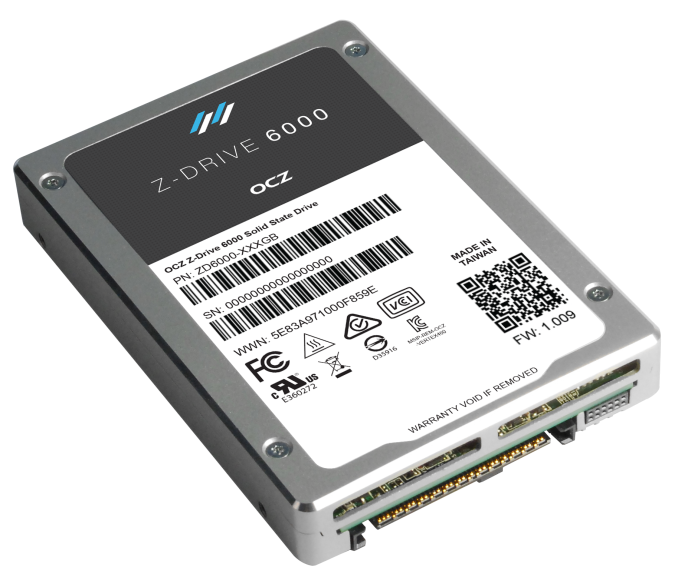

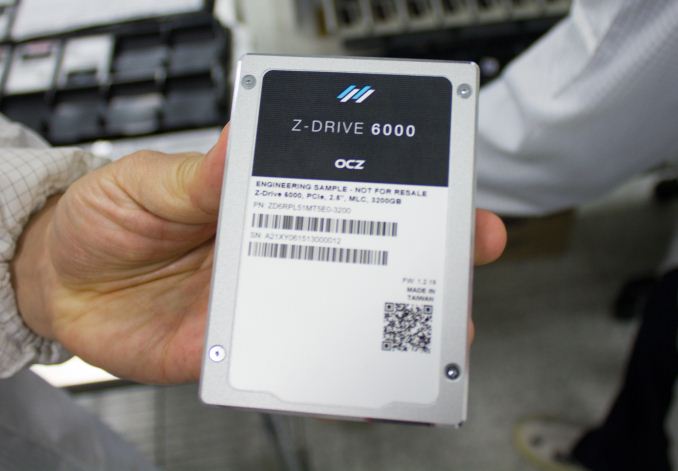
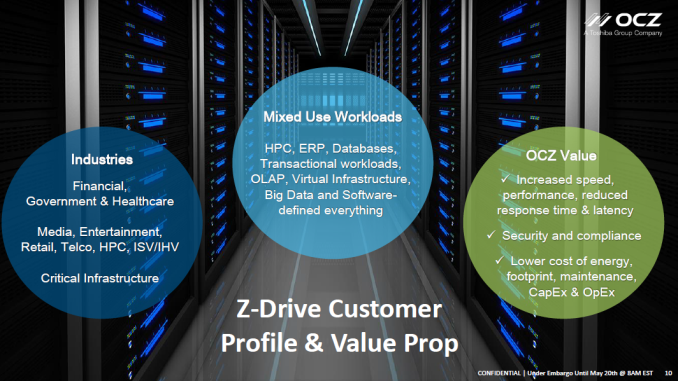
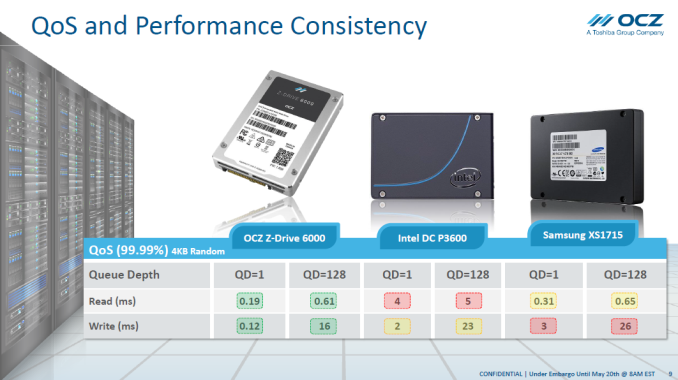

 Quote
Quote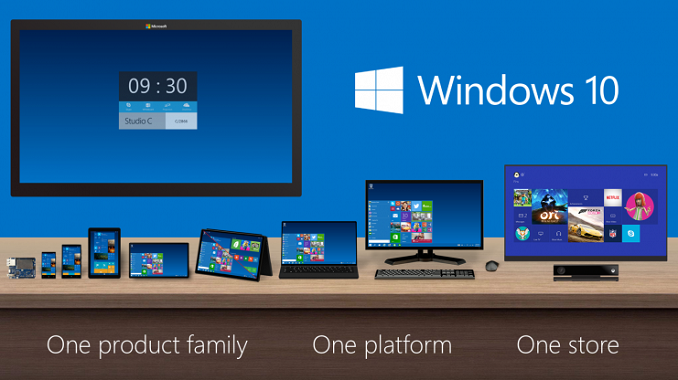



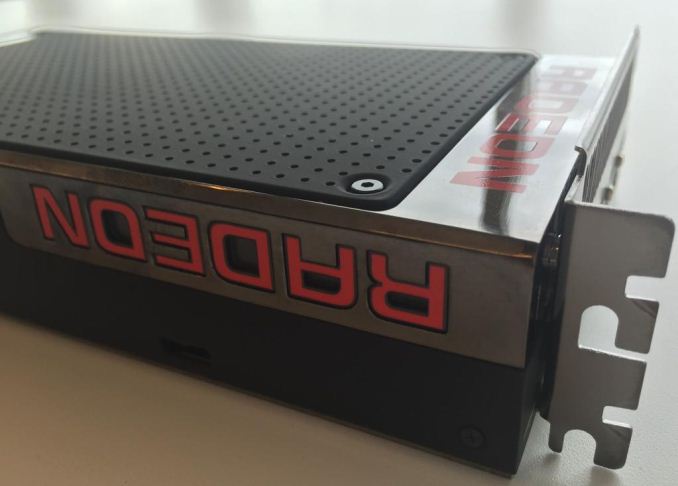

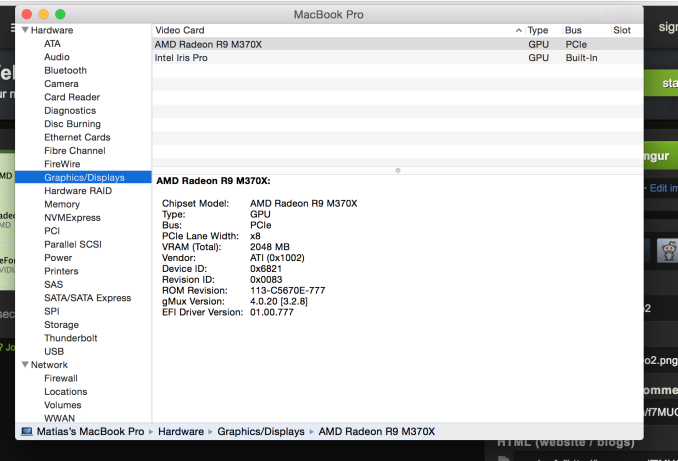
_575px.jpg)
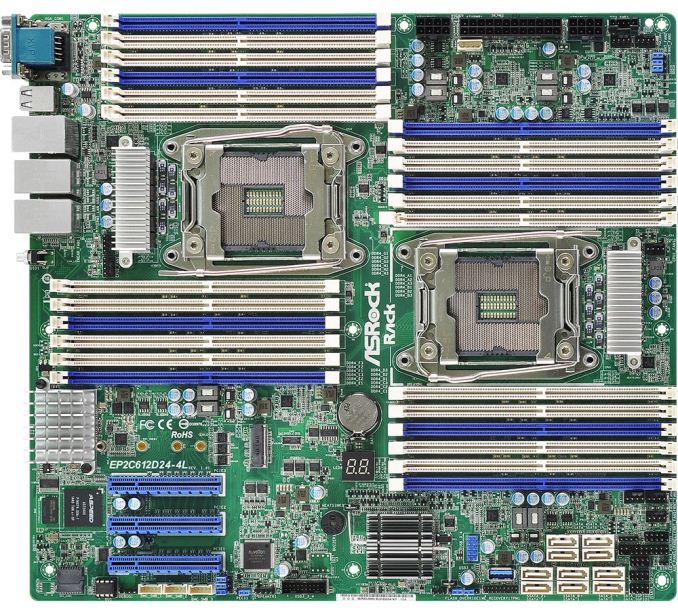

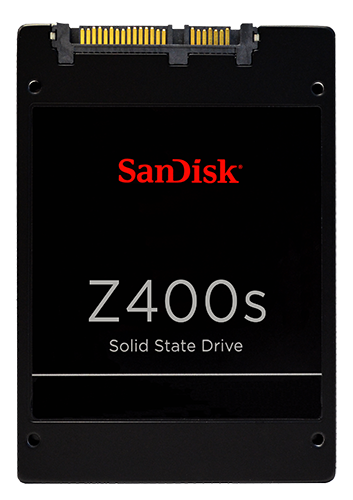
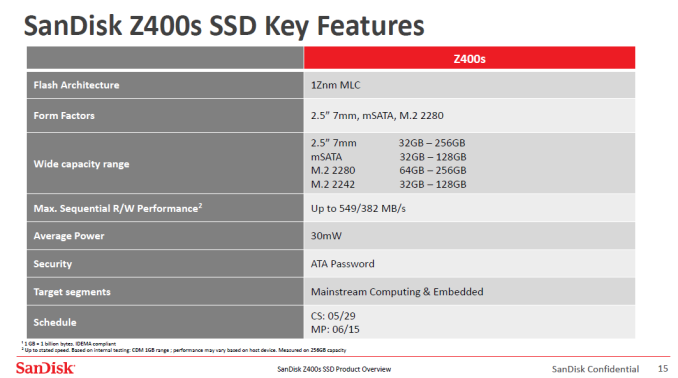
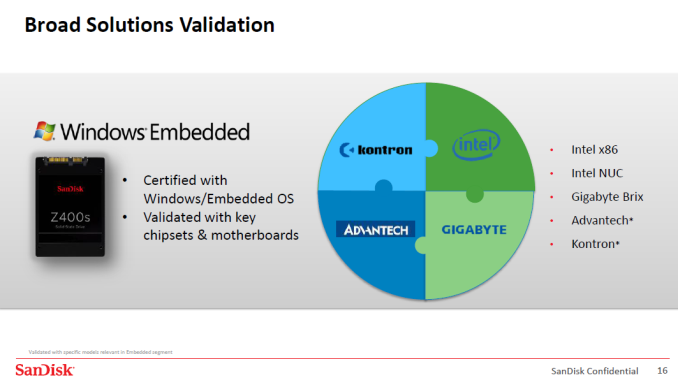
















Bookmarks